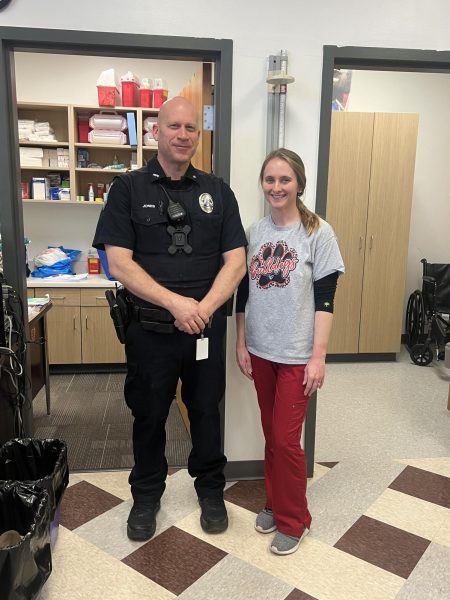Middle school aims for an autism-inclusive environment
When early signs of autism are detected, it is not a suggestion that the individual will have an inability to acquire knowledge. Autism spectrum disorder (ASD), in simple terms, is a disability with neurological development. Neurological differences can be due to genetic conditions or unknown causes.
Signs of ASD can include atypical behavioral patterns, language deficients, sensory issues, emotional management issues, and difficulties with social skills and interactions – all to a different severity. These factors do not limit the chances of success when proper accommodations are recognized, although the proper accommodations may be difficult to pinpoint. Autism Connection, a nonprofit organization that works with families and adults for autism support, aims to provide information on the spectrum that can eliminate these issues.
“All teaching staff in all schools need up-to-date training sessions about the autistic brain – this is not taught in college, so all teachers are at an immediate disadvantage,” Ms. Luciana Randall, Executive Director at Autism Connection of Pennsylvania, stated. “They are forced to rely on things in the media that are fiction and portray people with autism in inaccurate ways, or in documentaries or news pieces that only show slivers of how autism manifests in individual people.”
As of the 2020 – 2021 school year, 243 students (19.4%) enrolled in Freedom require a form of special education. Of the entire district, 13.2% enrolled students have autism to some severity, according to the Freedom Area School District Comprehensive Special Education Plan. That being stated, the district works with multiple support teams to stray from an improper approach to benefitting students with autism spectrum disorder.
“There is ongoing training for all teachers on all types of situations and different learning styles for students,” sDr. Smith, principal of the middle school, stated. He adds, “like with anything, we are always looking at ways to make sure our teachers are best prepared to handle all students and learning styles.”
Along with training, the middle school meets with a support team to discuss preferred accommodations for a student with ASD. These accommodations often fall under an Individualized Education Program (IEP). Support teams consist of the child’s parents, educational support teachers, and a few general education teachers. During IEP meetings, the parents and the school talk over what accommodations need to be made depending on the results from a prior evaluation.
In addition to IEPs, the district adopted a social emotional learning (SEL) curriculum from Positive Action. The learning support department, as well as special education director Mr. Joe Testa, reviewed various programs and curriculums to determine which would best benefit students. After selecting the SEL curriculum, a class modeled after a life skills class was created. This class, simply, provides the additional support and education needed for a student with ASD to have a successful school career.

Hello! My name is Calla Reynolds and I am in eighth grade. This is my second year in journalism, now with the Copy Editor position. I am looking forward...







